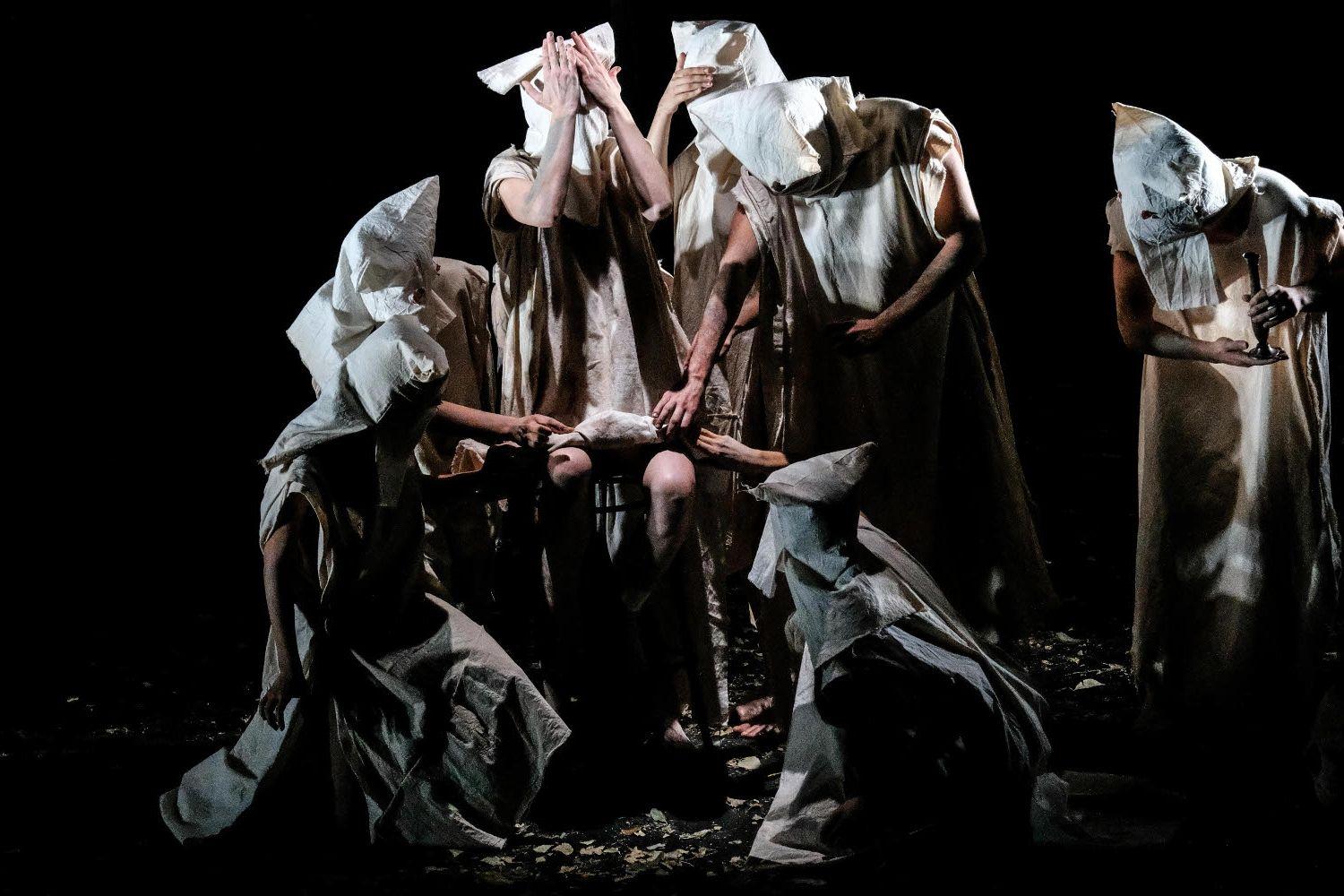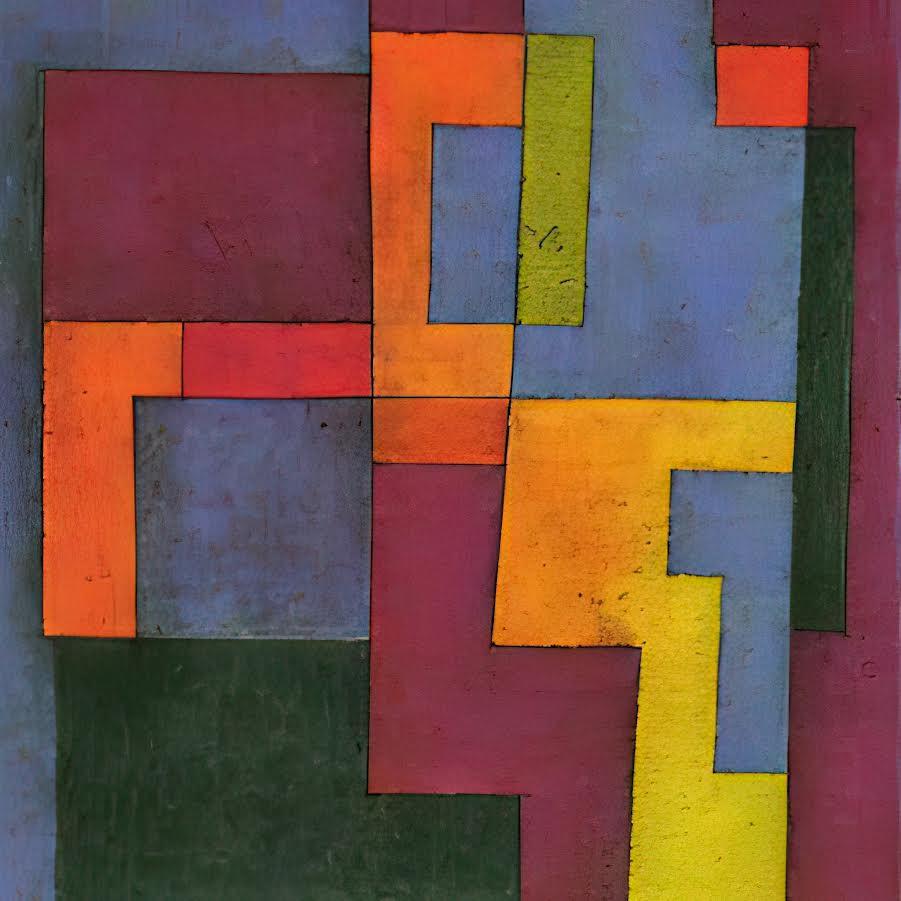Vanishing Tallinn
completedPlayOn!

SummaryNo, Tallinn is not actually going anywhere. It’s a functional, dazzling and buzzing city. Tallinn grows, rises and expands even as you’re reading this. And yet we find black holes within Tallinn – backyards and dark corners, overgrown pathways and fields that are losing their meaning in our ultra-pricey and über-efficient city. These blurry, undefined places are the ones with the most interesting stories to tell and the most potential…
Our main character leads a group on an expedition to show them their very own, personal Tallinn. They also want to share their plan with the group. It’s a grand, important plan (maybe even revolutionary!) but they need the help of the group to make it a reality. This is how the group becomes a part of the whole, capturing events, the journey and themselves, if they so wish. From these clips, a short film will be made by our algorithm, which will be screened during the second act of the story at Sakala 3 Teatrimaja.
___________________________________________________________
A VAT Teater production as part of the Creative Europe project PlayOn!
Introduction
How to create a collective artwork about urban landscape in a theatre performance setting?
The audience was given the chance to create the content of the production through interaction with a web application on their portable smart devices.
As a result of the interactions the was compiled into a short movie that the audience saw in the second half, seeing the art they made together and themselves as part of the production.
The web application had tasks and videos in order to make it possible for the audience to create the content of the production
What does a technology that is participatory, playful, and seamlessly integrated into the narrative look like?


Creative Process
How did the collaborators work together on this project?
All four creative members (Francesco Rosso, Sander Poldsaar, Mihkel Seeder, Helena Vainmaa) worked close together throughout the entire development of the production (2 years).
Collaborators and their specific activities are as follows:
- Poldsaar, Seeder, Vainmaa, Rosso - concept and character development
- Rosso and Poldsaar - location scouting
- Poldsaar, Seeder, actors - dramaturgy
- Poldsaar, Vainmaa - web app development and testing
- Seeder and VAT theatre support staff - coordination of on-location support
What forms of trial-and-error occurred?
In the two months leading up to the premiere we had 10 audience tests, gradually improving the software and the script every time.
The tests were as follows:
- first tests with director and developer,
- smaller tests with the entire team (dev, dir, actors, dramaturg)
- 4 separate smaller tests with 10 participants each
- 4 separate bigger tests with 20 participants each
- full dress rehearsal one week before the premiere
- the pre-premiere was also considered a test
Did you use existing software and/or applications?
The web application was developed exclusively for the production by Helena Vainmaa. Video art was composited using industry standard video editing software.
Did any of your questions or goals change?
Several times. At first the project was envisioned more like an archeological experiment where the research subject wereabandoned wastelands. The central object of the performance would have been an immersive art installation where the audience could traverse freely. At some point it was clear that the actors of VAT theatre must join our team which led us to redesign the experience into a more coherent and linear stage production. Which in turn transformed the final art experience into a documentary short film.
What were the key milestones in the development of the production?
1. Getting the 4 co-authors acquainted with the urban wastelands of Tallinn.
2. Developing the characters that would effectively guide the theatre audience through the journey.
3. Choosing the right locations for the story to unfold, reaching agreements and getting permits for the areas.
4. First physical test in the production environment as proof of concept.
6. Finalizing the dramaturgy for acts I and II.
7. First audience tests.
8. Full dress rehearsal a week before the premiere for final debugging of software.


Reflections
The final outcome turned out to be quite an exceptional theatre production. The initial fear was that participating in a collective art process would be a hard sell for introverted theatre audience. It was also almost impossible to find the correct target audience as the experience itself was designed inclusively for anyone. Partly out of that fear, the collective decided to strip down the abstract and drift towards more traditional participatory form.
In what ways was the production a success?
The production managed to offer a positive and thoughtful experience to all audiences ranging from children to seasoned theatre professionals. According to feedback it managed to raise thoughts and emotions regarding in-between areas, the hidden secrets in almost all of the participants.
What elements of the final production would you change?
As our audience included many people not acquainted to theatre it became clear that for some the theatrical approach to guiding them through the acts was distracting. Many felt that they would have wanted more control and freedom of pacing to traverse the areas on their own terms.
Therefore more emphasis should have been made to add functionality to the app in order to give a wider opportunity to fulfil the tasks given on the locations.
What advice would you give to artists taking a similar approach?
If you use immersive or inclusive tech in your productions and give a device to your audience make it so that it is possible to experience the play fully independently of actors or stage or location. If the audience is given an opportunity to play around with their smart phones during play then why not include the option to walk away and experience some parts of the production totally independently.
Is the coding for this project open source? What language was used, what is the function of this code, and where can we find it?
Backend - https://github.com/lenmoore/ht-backend
Frontend - https://github.com/lenmoore/ht-frontend















